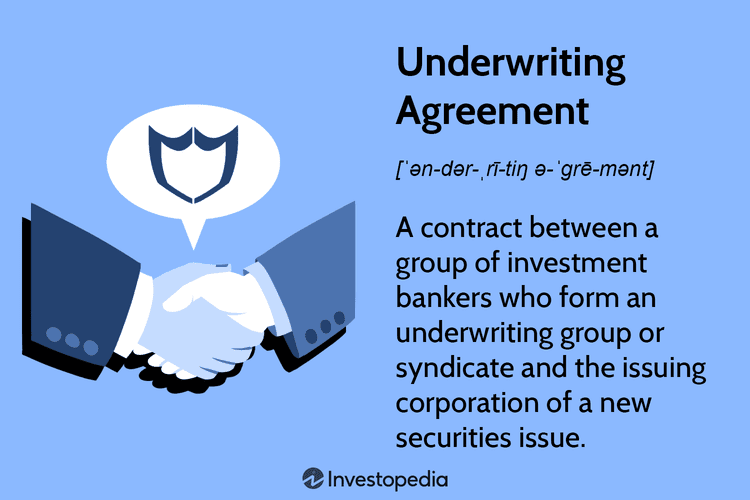When you’re in the midst of the mortgage process, every step brings you closer to your dream of homeownership. However, few stages are as crucial as the final review in underwriting. This meticulous examination is the last hurdle before your lender declares you “clear to close” and hands you the keys to your new home. In this article, we’ll demystify the final review process, equipping you with the knowledge to navigate this critical phase seamlessly.
Understanding Underwriting
Before delving into the final review, it’s essential to grasp the role of underwriting in the mortgage process. Underwriting is the backbone of a lender’s risk assessment, where a team of professionals meticulously evaluates your financial profile, credit history, employment status, and overall ability to repay the loan.
The underwriting process typically begins with an initial review, where the underwriter scrutinizes your application and supporting documents. If they identify any missing information or potential red flags, you’ll receive a “conditional approval.” This means you’ll need to provide additional documentation or clarification to address the underwriter’s concerns.
The Final Review: A Comprehensive Verification
Once you’ve satisfied all the conditions set forth by the underwriter, your loan file proceeds to the final review stage. During this critical phase, the underwriter conducts a thorough examination to ensure that every aspect of your financial situation aligns with the lender’s guidelines and requirements.
The final review involves the following key steps:
-
Document Verification: The underwriter will double-check all the documentation you’ve provided, including employment records, bank statements, tax returns, and credit reports. They’ll ensure that the information is accurate, up-to-date, and consistent across all sources.
-
Credit and Employment Confirmation: Your lender will likely pull an updated credit report and verify your employment status one last time. This step is crucial to ensure that your financial situation hasn’t changed since the initial review.
-
Appraisal Review: The underwriter will review the appraisal report to confirm that the property’s value aligns with the loan amount requested. If the appraisal comes in lower than expected, the underwriter may need to adjust the loan-to-value ratio, potentially impacting your interest rate or requiring additional funds for the down payment.
-
Final Calculations: The underwriter will recalculate your debt-to-income ratio, cash reserves, and other financial metrics based on the most up-to-date information. This step ensures that you still meet the lender’s qualifying criteria.
-
Quality Control Check: Many lenders perform a final quality control check to ensure that the entire loan file adheres to their internal policies and guidelines, as well as any applicable regulatory requirements.
The Coveted “Clear to Close”
If the final review reveals no issues or discrepancies, the underwriter will issue the long-awaited “clear to close” approval. This approval signifies that your loan has passed all the necessary checks and verifications, and you’re ready to proceed to the closing stage.
At this point, your loan officer will submit all the conditions and final documentation back to the underwriter, who will then issue the “clear to close.” This last verification is your final approval, indicating that you’re ready to sign the loan documents and complete the mortgage process.
Ensuring a Smooth Final Review
While the final review is largely out of your hands, there are a few steps you can take to increase the chances of a seamless process:
-
Maintain Financial Stability: Avoid making any significant financial changes, such as changing jobs, opening new credit accounts, or making large purchases, during the underwriting process. Any significant changes could potentially derail your approval.
-
Respond Promptly: If the underwriter requests additional documentation or clarification during the final review, respond promptly and provide the requested information as soon as possible. Delays could prolong the process or even jeopardize your approval.
-
Stay Informed: Communicate regularly with your loan officer or mortgage broker to stay informed about the status of your loan and any potential issues that may arise during the final review.
By understanding the intricacies of the final review in underwriting, you’ll be better equipped to navigate this critical stage of the mortgage process with confidence. Remember, a “clear to close” approval is the ultimate green light, signaling that you’re one step closer to achieving your dream of homeownership.
Final Underwriting Approval – Part 1
FAQ
What does underwriter do in final review?
What is the final approval from the underwriter?
What is the last step of the underwriter?
What is the underwriting review process?

